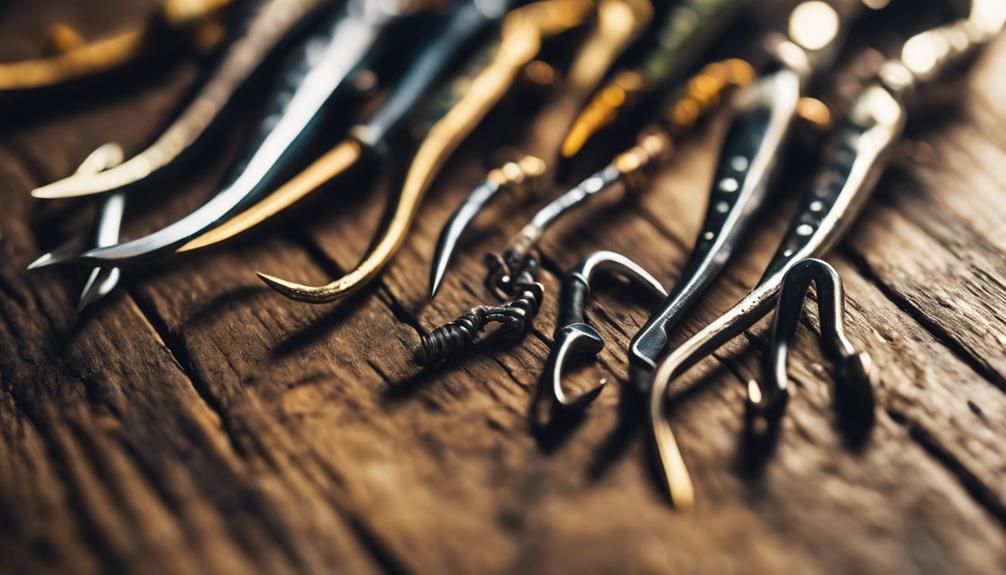When it comes to fly fishing, having the right gear can make or break your experience. Among the most critical components of your fishing outfit are fly fishing waders and boots. These items not only keep you dry but also ensure comfort and safety while you navigate through varying water conditions. In this comprehensive guide, we’ll explore the various types, materials, and features of fly fishing waders and boots, helping you make informed choices for your next fishing adventure.
Understanding Fly Fishing Waders: Why They Matter
Fly fishing waders are essential for any angler venturing into deeper waters. They are waterproof garments that extend from your feet to your chest, allowing you to wade into rivers or streams without getting soaked. The primary purpose of waders is to keep you dry and warm, especially in cooler conditions. Additionally, they provide a barrier between you and potentially harmful waterborne organisms. Understanding the importance of waders will help you appreciate their role in enhancing your fishing experience.
Types of Fly Fishing Waders: Choosing the Right Fit
When it comes to fly fishing waders and boots, there are several types available, each designed for specific fishing conditions. The most common types include:
1. Chest Waders: These provide maximum coverage and are ideal for deep waters. They come with built-in suspenders for a secure fit.
2. Hip Waders: These are shorter and are suitable for shallow waters. They offer more mobility and are easier to put on and take off.
3. Waist-High Waders: A great compromise between chest and hip waders, these are perfect for medium-depth waters.
Choosing the right type of waders depends on your fishing location, water depth, and personal preference. It’s essential to try on different styles to find the best fit for your body type and fishing needs.
Materials Matter: Exploring Wader Fabric Options
The materials used in fly fishing waders significantly impact their performance, durability, and comfort. The most common materials include:
1. Neoprene: Known for its insulation properties, neoprene is perfect for cold-weather fishing. However, it can be less breathable.
2. Breathable Fabric: Often made from nylon or polyester, breathable waders are ideal for warmer conditions. They allow moisture to escape while keeping you dry on the outside.
3. Hybrid Waders: These combine the benefits of both neoprene and breathable fabric, offering insulation in critical areas while maintaining breathability.
When selecting waders, consider the climate and the water temperature where you’ll be fishing. This will help you choose a material that enhances your comfort and performance.
The Importance of Proper Fit in Waders and Boots
The fit of your fly fishing waders and boots cannot be overstated. Ill-fitting waders can lead to discomfort, chafing, and reduced mobility, while poorly fitting boots can cause blisters and foot fatigue. When trying on waders, ensure there’s enough room to wear layers underneath, especially in colder weather. For boots, consider your sock choice—thicker socks may require a larger boot size. Always walk around in them to ensure you have the right fit, allowing for movement without being too loose.
Choosing the Right Fly Fishing Boots: Key Features
Just like waders, the right fly fishing boots are crucial for comfort and safety. When selecting boots, consider the following features:
1. Material: Look for durable materials such as leather or synthetic fabrics that can withstand rugged riverbeds.
2. Sole Type: Boots come with various sole options, including felt, rubber, and studded soles. Felt soles provide excellent traction on slippery rocks, while rubber soles are versatile and easier to clean.
3. Ankle Support: High-top boots offer better ankle support, which is essential for navigating uneven terrain.
By understanding the features that matter most, you can choose fly fishing boots that enhance your stability and confidence while wading.
Maintenance Tips for Longevity of Waders and Boots
To maximize the lifespan of your fly fishing waders and boots, proper maintenance is essential. Here are some tips to keep your gear in top condition:
1. Rinse After Use: Always rinse your waders and boots with fresh water after fishing to remove dirt and debris.
2. Dry Properly: Allow your waders and boots to dry completely before storing them. Avoid direct sunlight, which can damage the materials.
3. Inspect for Damage: Regularly check for leaks or wear and tear. Addressing small issues promptly can prevent larger problems later.
By adopting these maintenance practices, you can ensure your gear remains functional and reliable for years to come.
Budgeting for Quality: Investing in Waders and Boots
Investing in high-quality fly fishing waders and boots is crucial for both performance and safety. While it might be tempting to opt for cheaper options, low-quality gear can lead to discomfort and even injury. When budgeting for your fishing gear, consider the long-term benefits of investing in durable, well-constructed waders and boots. Look for brands known for their quality and read customer reviews to gauge performance. Remember, a good pair of waders and boots can enhance your fishing experience and last for many seasons.
Final Thoughts: Elevating Your Fly Fishing Experience
In conclusion, fly fishing waders and boots are indispensable equipment for anglers who want to enjoy their time on the water. By understanding the different types, materials, and features available, you can make informed decisions that enhance your comfort, safety, and overall fishing experience. Remember to prioritize fit and quality, and take care of your gear to ensure it serves you well for years to come. With the right waders and boots, you’ll be well-equipped to tackle any fishing adventure that comes your way. Happy fishing!
